There are 27,000 to 30,000 known marine species in the world and about 12,000 species live off the coast of southern Africa. The Cape Town Two Oceans Aquarium choose to focus its exhibits on the theme of the “two oceans” that envelops the Western Cape.
It all started with a dream. Two brothers wanted to build an aquarium in Cape Town that would make the world proud. The dream became a reality when on 13 November 1995, the Two Oceans Aquarium opened its doors to the public. Thousands of people flocked to see the amazing underwater world that the Aquarium had to offer. Today, 25 years later, the Aquarium still offers amazing sights for visitors to enjoy, but over the years, it has also grown into a facility recognised by its peers within the aquarium industry as a world-class conservation and education facility and is treasured by locals from Cape Town and the rest of South Africa.
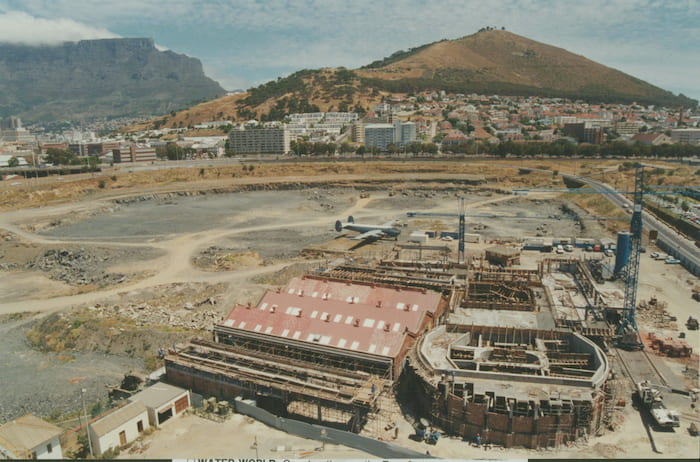
Situated at the tip of Africa, the Aquarium chose to focus its exhibits on the theme of the “two oceans”. There are 27,000 to 30,000 known marine species in the world and about 12,000 species live off the coast of southern Africa. About 4,233 or 33% of these species are endemic, making this one of the richest marine biodiversity regions in the world.
With this diversity in such close proximity, the Aquarium is able to collect and house a wide range of local species which are generally not seen in other aquariums around the world. Instead of marine fauna and flora being ordered and transported in from other parts of the world, the Aquarium has been able to carefully select species, develop appropriate collection and husbandry techniques, and because the collection site is known, been able to release animals back into the wild at the same place from where they were collected.
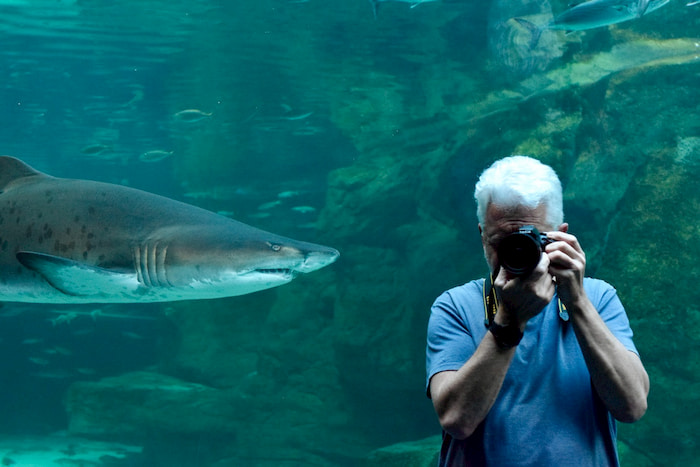
In 2004, the Two Oceans Aquarium made history by releasing one of the ragged-tooth sharks that had been at the Aquarium for a number of years. Named Maxine, she became the first shark ambassador to be released from the Aquarium. She was followed by numerous other ragged-tooth sharks over the years. The sharks were all tagged with various tags, including internal acoustic tags and spaghetti tags. Some were tagged with satellite tags, and it was through the data provided by these tags that scientists were able to track the sharks and explore their migration routes. To this day, the Aquarium does not keep its ragged-tooth sharks indefinitely, with sharks being tagged and released back into the wild every few years.
The Aquarium has had an accomplished and established education programme since its inception, and education and conservation form the cornerstones on which the Aquarium is built. The education programme focusses on a broad spectrum of marine-related and curriculum-based topics. Over the years, the education programme has become well-known for its excellent lesson plans, hands-on activities and the assistance given to teacher, students and adults. Thanks to the hard work and drive of Russell Stevens, Head of Education, Marine Sciences has now been established as Matric subject in the school curriculum and learners are now able to select this as one of their subjects. This is truly a remarkable feat and one to be incredibly proud of.

In 2018 the Aquarium founded the non-profit, public-benefit Two Oceans Aquarium Education Foundation. The focus of the Aquarium Foundation is solely on education, conservation and research. The Aquarium Foundation offers extensive online and offline education programmes for young and old, as well as outreach programmes for those schools that cannot bring their learners to the Aquarium. These programmes, offering high-quality marine education, are aimed at learners from preschool to Grade 12, tertiary students and teachers.
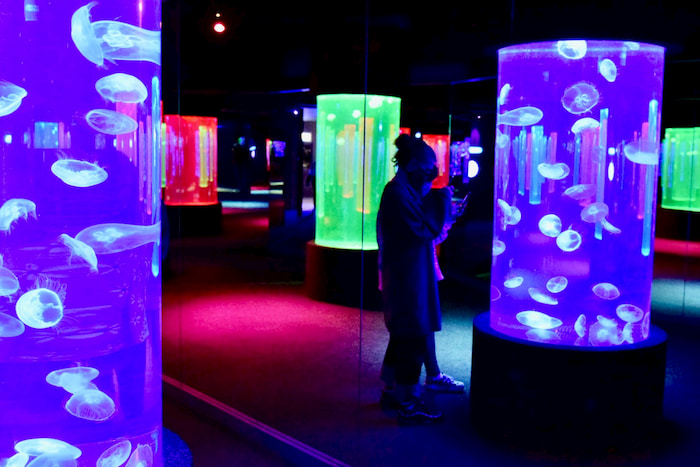
Through the Aquarium Foundation’s turtle rescue, rehabilitation and release programme, hundreds of sea turtles have been rescued, rehabilitated and released back into the wild. Some have had to undergo major medical treatment, but at no time have the “rehabbers” given up hope of saving another turtle. From hatchling turtles weighing in at only 26g, to beautiful large adult turtles of 70+kg, there is always a spot in the rehab programme for a turtle in need. By working with its vast network of rescue partners, the Aquarium Foundation’s rehab team is able to locate and transport injured and ill turtles to the Aquarium.

The Aquarium Foundation also oversees the Waterfront Wildlife Management Programme. This team is responsible for the monitoring of wildlife within the V&A Waterfront, to assist with human-animal conflict resolution, and to aid animals in distress. The team primarily focuses on seals that have plastic and other waste around their necks. By using specialised equipment and techniques, the team is able to cut nooses from around the wild seals’ necks. Marine birds are also affected by the pollution in the harbour, and the team assists where possible to free these animals from their entanglements. On occasion, sunfish or seals might be trapped in the dry docks, as the docks are drained of water. The team and other staff members from the Aquarium are always ready to assist and rescue these animals - even if it means enlisting the help of a crane to lift the animal up and over the dry dock wall.
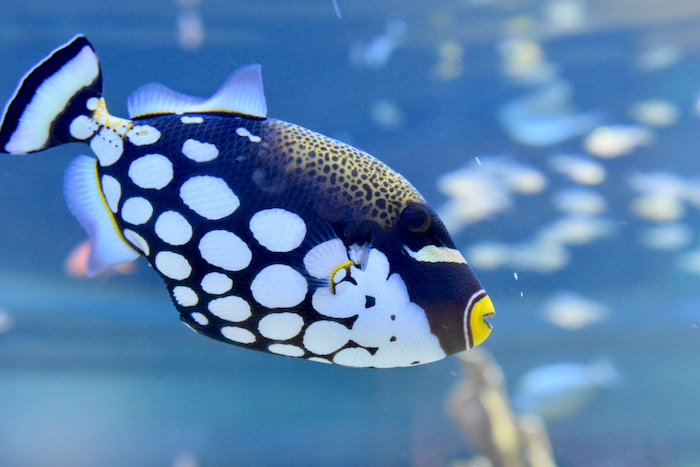
After 25 years, the Two Oceans Aquarium is truly well-established as an attraction to visit and a place to experience the wonders of the underwater world found off the southern African coast. But the Aquarium is also a place where passionate people live out their dreams of working with, caring for, and educating others about marine animals and the marine environment. Seeing their commitment and drive is a true testament of their dedication to the Aquarium’s vision of “abundant and healthy oceans for life”. To achieve this vision, the Aquarium has a unique role to play by inspiring and empowering people to see the connection between their actions and the oceans.
The Two Oceans Aquarium is truly so much more than just a place to visit and see fish. It is a place of education, conservation, research, passion, commitment and dedication. Here’s to another 25 years!
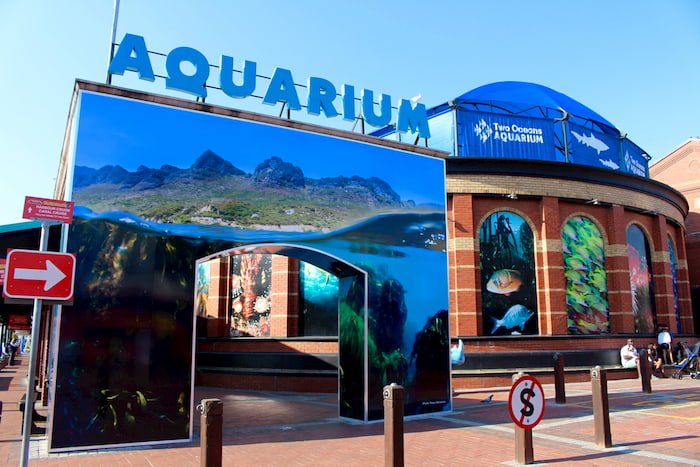
Shop for a cause
Shop on amazon.com | amazon.co.uk


